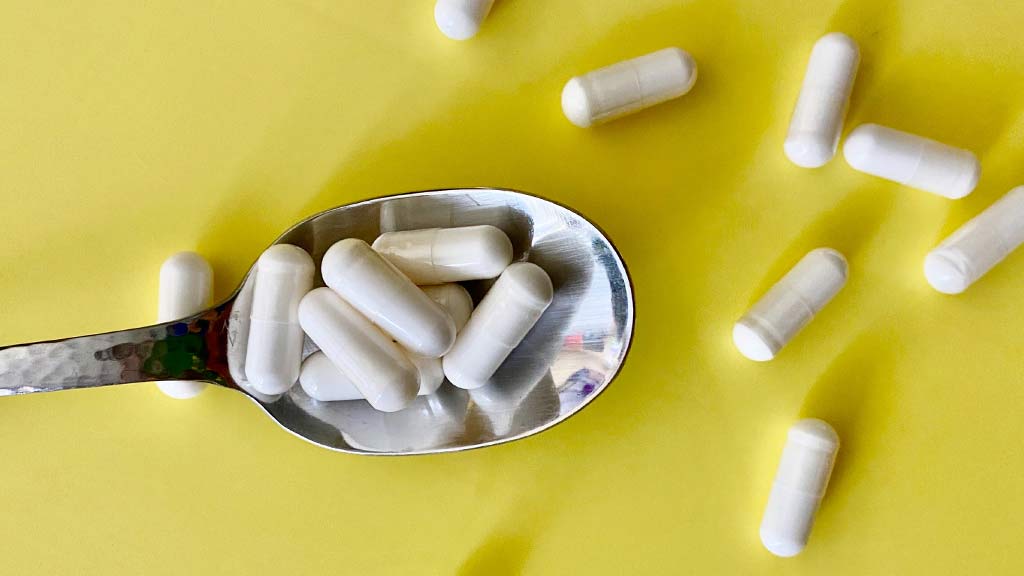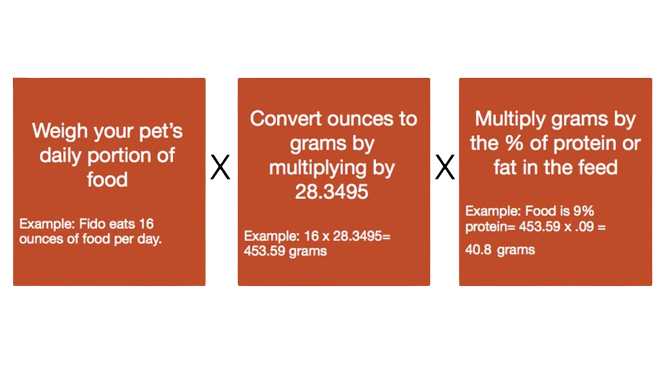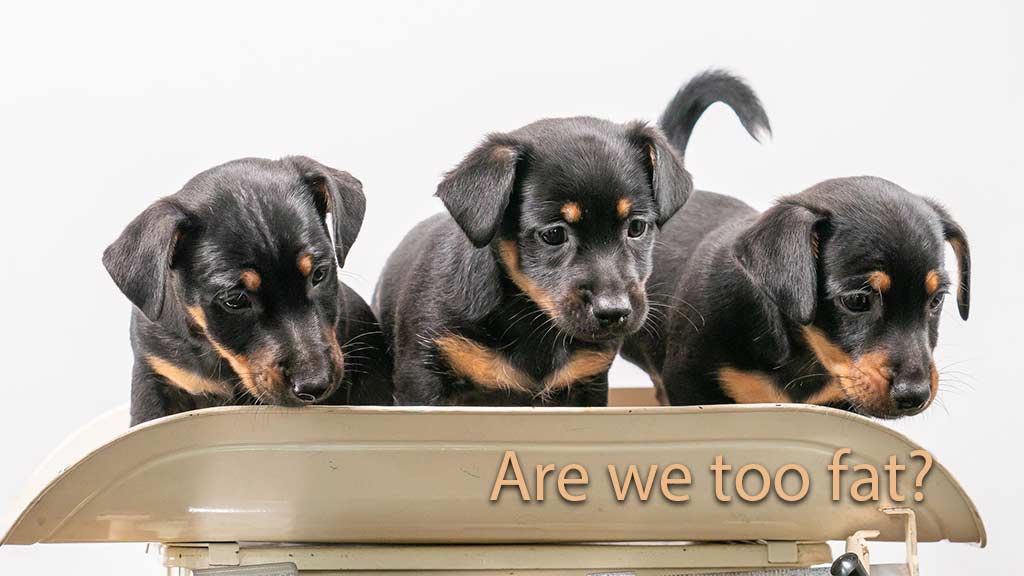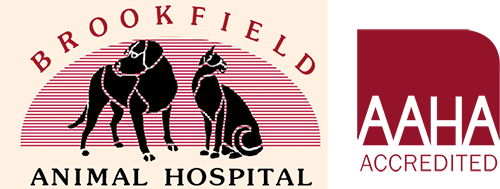Want to know if your dog’s food is any good? Learn to evaluate your pet’s diet like a veterinary nutritionist.
The Basics
A great pet diet must have three kinds of nutrients: protein, carbohydrates and fats, and vitamins and minerals

Protein

Carbs

Vitamins
Proteins
Proteins are broken down by the body into amino acids which are essential to animal life. In all, there are 10 essential amino acids that dogs require. The only way a dog can get them is to eat them. In fact, studies have shown that dogs can sense when a food is lacking in an important protein and will avoid it. In general, puppies require more protein that adult dogs, and adult dogs require more protein than older, less active dogs.
How much protein a food contains is sometimes hard to figure out when looking at a pet food label because the protein is listed as a percent of the weight of the food. Here’s how to determine how much protein is in your pet’s daily portion of food:

Carbohydrates and Fats
In addition to protein, your dog needs energy. Dogs get energy from carbohydrates in three ways:
Absorbable Carbs
If the carbohydrate is a simple sugar like fructose or glucose, it is directly absorbed into the body as it moves through the digestive tract.
Digestable Carbs
If the carbohydrate is a starch or other digestible kind of carbohydrate, it is broken into glucose by enzymes in the dog’s body and then absorbed as it moves through the digestive tract
Fermentable Carbs
Fermentable carbohydrates are those that cannot be broken down by the dog’s body directly, but are digested by microbes that naturally live in the dog’s intestine. Once broken down in this way, they can be absorbed by the dog. Fermentable fiber may assist some pets with regulating glucose levels in the blood and is often recommended for diabetic patients.
Non-fermentable Fiber
Pet foods typically contain a fourth kind of carbohydrate, non fermentable fiber such as cellulose. Non fermentable fiber is likely in your pet’s dietetic food; it makes the pet feel fuller and less likely to want to eat so much.
Calculating Daily Calories For Your Pet

Keep in mind that a kilocalorie is 1000 calories. so if you need to convert a can’s kilocalories to calories, multiply the number of kilocalories by 1000 for total calories.
Like protein, the daily caloric requirements of a dog depends on age, size, activity levels and genetics. Use this guide to determine how many calories your pet needs per day by weight. Though not as detailed, this guide shows how to calculate calories by day by the life stage of the pet. It’s essential that you consider both life stage and weight when calculating your pet’s daily nutrition needs.
Vitamins and minerals
Like people, pets regularly need a certain amount of vitamins and minerals to be healthy. Usually all commercial pet foods contain sufficient levels of recommended daily doses of vitamins and minerals, but to be sure, look for the AAFCO statement on the can that confirms the nutritional integrity of the food.
For a full list of essential vitamins and minerals use this list by the National Research Council. Remember that too much of a good thing can be a bad thing. Don’t over supplement your pet with vitamins.
Learn How To Read A Pet Food Label
Animal by-products? “Crude” protein? What about “All natural” or “Gourmet”. Language on a pet food label can make the diet sound unappetizing or delicious depending on the words the manufacturer uses.

